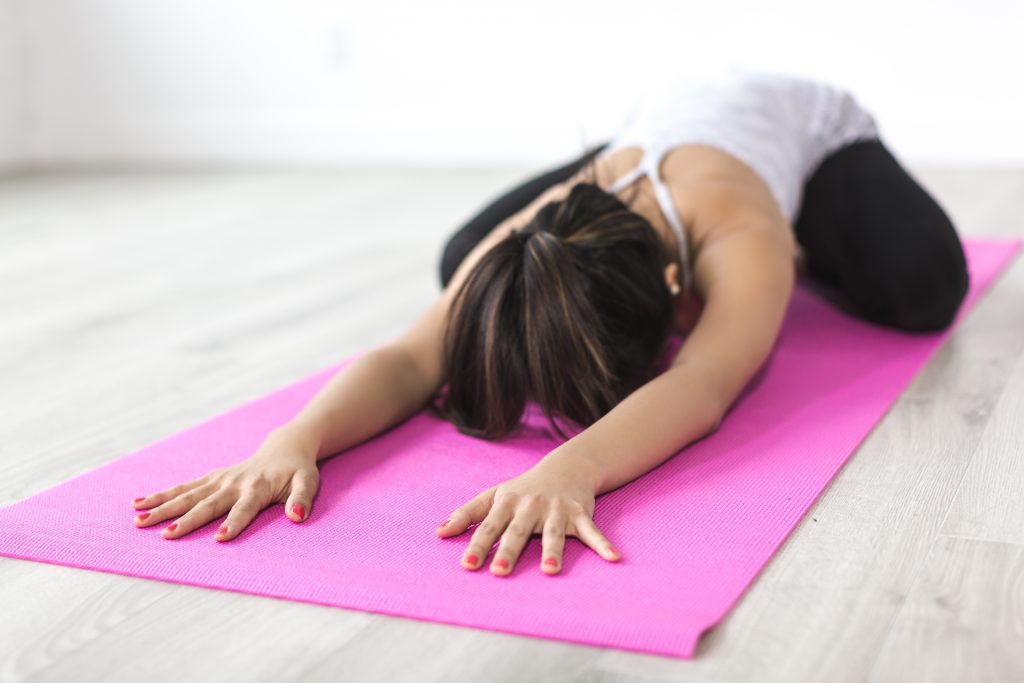Whether you’re looking to climb that long flight of stairs to your apartment, become a better swimmer, or even protect your lungs in general, increasing your lung capacity and improving their performance is imperative. Unfortunately, no matter how genetically lucky you are, the lung capacity and strength start decreasing as we age, specifically beyond the mid-20s. Certain diseases and viruses like chronic obstructive pulmonary disease can significantly reduce our lungs’ functions as well.
Chronic lung problems can get very difficult if they’re left unchecked, which makes protecting our lungs by exercising them a very noteworthy benefit. The good news is that this site provides natural and easy ways to strengthen and heal the lungs. From detoxing to breathing practices, there is no shortage of things that you can do to improve your lungs’ health.
Here are some of the most popular exercises that you can practice at home to increase your lung capacity and improve your health for years to come.
Diaphragmatic Breathing

This is pretty self-explanatory; diaphragmatic breathing utilizes the diaphragm to improve your lung capacity and health. The diaphragm is a muscle that looks like a dome and resides between the upper torso and stomach. Once a big-enough volume of air enters the lungs, the diaphragm can be pushed down to give the lungs enough room to expand to accommodate the air. It should only be practiced when you’re well-rested because it can complicate matters more if you’re exhausted. First, make sure your shoulders and back are relaxed in a laid down position. Next, rest your hands on your belly and chest, and inhale through your nose for 2-3 seconds. Observe your hand position to make sure that your abdomen is moving or expanding more than your chest. Exhale as you gently press your abdomen and repeat as needed.
Deep Breathing
Deep breathing is used in countless applications and practices related to lung health because it’s a very simple exercise with pretty generous returns. It can also be used to reduce anxiety and battle active panic attacks thanks to its meditative effects. To practice deep breathing, slowly inhale air through your nose while lowering your diaphragm. As your lungs start filling with air, expand your chest while making sure that the diaphragm is in its lowest position. After inhaling as much air your lungs can handle, slowly exhale it as you consequently compress your chest, contract ribs, and lift the diaphragm as you expel the air.
Counting Inhales and Exhales
A commonly practiced breathing exercise among athletes is counting or measurement of natural inhales and exhales. It’s very useful because it can train your lungs to naturally breathe better, improving their overall health. You’ll want to measure the time it takes you to inhale naturally while you’re resting. After you get the timing down right, exhale in the same amount of time it takes you to inhale. Once you’re comfortable with the first phase, you can start adding a second or two to the time it takes you to inhale and exhale, which will extend the time your lungs are used to hold air for.
Pursed-Lips Breathing
Pursed-lips breathing is one of the best beginner lung exercises because it takes almost no effort at all while having great health benefits. Pursed lips breathing gives your lungs enough time to intake oxygen while reducing the effort of breathing by stabilizing your airway. Inhale slowly for 3-4 seconds through your nose and purse your lips just like you would when blowing on a recorder or whistle. After you intake enough air, exhale as slowly as possible through your mouth while keeping your lips pursed and tight. The pursed lips should slow down the exhaling process; it should almost take double the amount of time of inhaling the same air.
Rib Stretching

Rib stretching is an exercise that focuses on training your ribs to give your lungs more room to take in more air. The more air your lungs can take, the healthier it will be in the long run. To practice this exercise, make sure you are in an upright standing position and place your hands on your hips. Slowly inhale as much air as possible and wait at least 20 seconds

Speak Your Mind